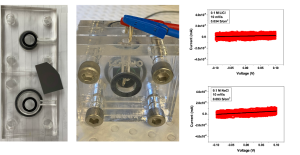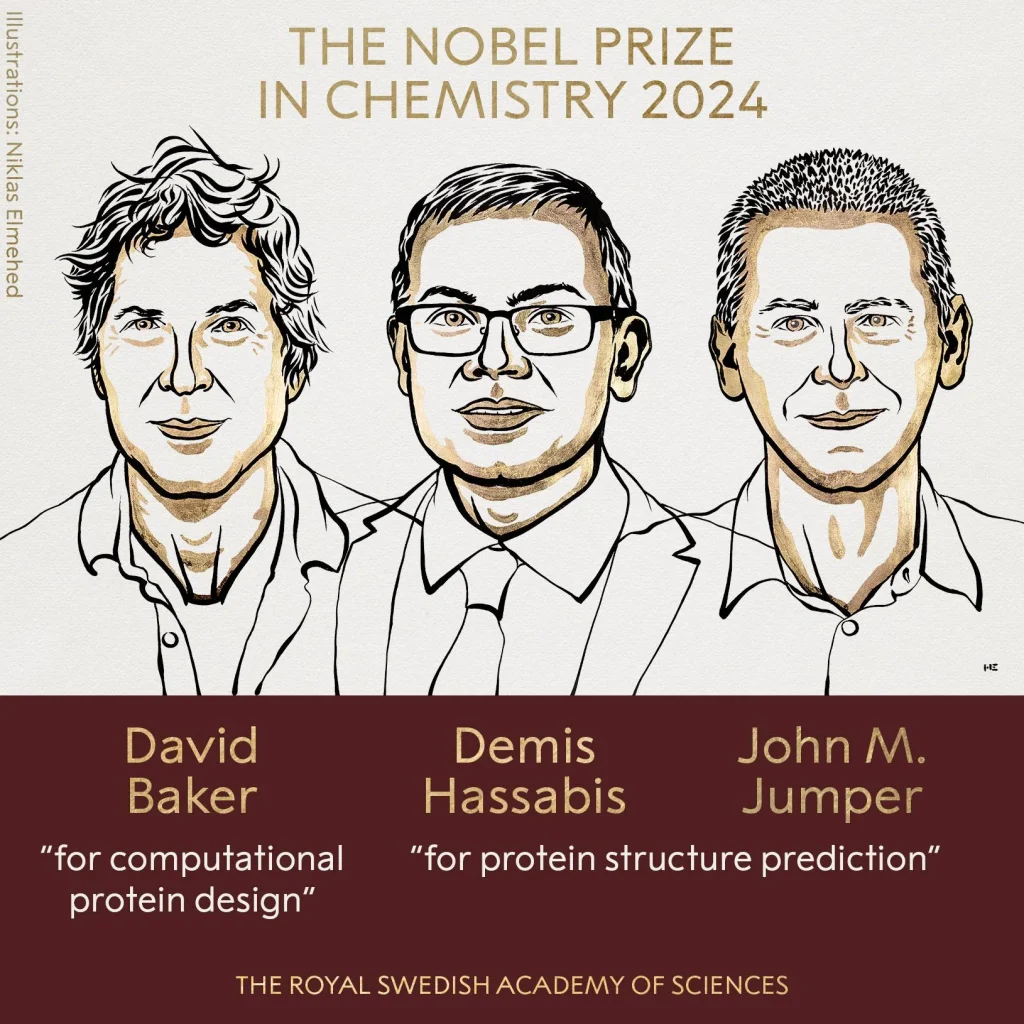Email: toby@toby-huang.com
Dr. Tao Huang has 10 years of experience in electrochemistry, specializing in the design, fabrication, characterization, testing, and research and development of various types of batteries, including coin half-cells, pouch cells, and aqueous batteries. He has worked as a battery R&D engineer for flagship smartphones in the Terminal Division of ZTE and as a senior R&D engineer for UPS batteries at C&D Technologies, represented the company in the formulation of China’s new national standard (GB/T 22473.1—2021), and contributed to the establishment of a Li-ion battery production line with a 1MWh annual capacity in University of Technology Sydney.
Toby is also highly skilled in data analytics and has earned advanced certifications in Data Analytics from Google and Machine Learning from Stanford University & DeepLearning.AI. In addition to his technical expertise, Toby created and manages this website, overseeing content updates and maintaining the database.
Work Experience |
||
| Nov. 2025 – Now | University of Technology Sydney | Postdoctoral Research Associate |
| 1. Applying Artificial Intelligence to battery research and development, performance testing, and intelligent manufacturing. Utilized artificial neural networks (ANNs) to predict battery cycle life curves, and implemented Naive Bayes models to continuously optimize battery production parameters.
2. Leading the implementation, maintenance, and operation of battery production lines, and taking charge of the industrialization of research outcomes. |
||
| Apr. 2021 – Nov. 2025 | University of Technology Sydney | PhD Candidate, Research Assistant |
|
1. Making various prototype batteries using novel materials, including solid-state pouch batteries, multi-layer pouch batteries, and irregular-shaped pouch batteries. 2. Research of novel battery structures and designs, including flexible electrodes and fiber batteries. 3. Responsible for the establishment of 100MWh lithium-ion battery production line (cylinder, pouch). |
||
| Aug. 2020 – Jul. 2022 | C&D Technologies | Senior Electrochemical Engineer |
|
Report to the CTO (USA) monthly. Technical support for analytical laboratory and material laboratory. 1. In 2021 in Guiyang, Guizhou, on behalf of C&D, I participated in the formulation of China’s new national standard “Batteries for Energy Storage Part 1: Technical Conditions for Off-Grid Photovoltaic Applications” (GB/T 22473.1-2021). 2. Led the R&D project of the SiO2 based gel prototype battery (a kind of lead-acid battery), from literature search, formula exploration, prototype battery preparation, to small-batch production introduction. The colloidal battery capacity reaches more than 90% of the VRLA battery capacity. 3. Led the project of anti-corrosion research of current collector in lead acid battery. By introducing a new and different percentage of metal, the collector’s corrosion resistance is increased by 40%. It involves literature research, experimental tests design, data analysis and result reporting. 4. Responsible for the research of electrode additives. The effect of carbon material additive on the electrochemical performance of the battery was studied. 5. Participated in the charging strategy research. 6. Won the award of 2021 Outstanding Lecturer of the Company. 7. Resignation Time: Due to Australia’s border closure during the pandemic, I started my PhD program remotely while continuing to work. My employment overlapped with my PhD studies until the Australian borders reopened, at which point I resigned. |
||
| Dec. 2018 – Jul. 2020 | Shanghai Energy Devices Center | Senior Battery Engineer |
|
Promote the application of laboratory scientific research materials to product level soft package lithium ion batteries. 1. The performance differences of different carbon materials (graphene, single-walled carbon nanotubes, conductive acetylene black) combined with organic electrode materials in lithium-ion batteries were explored. 2. The research material was extended from coin cells to commercial-grade 100-mAh pouch cells. |
||
| May. 2017 – Nov. 2018 | ZTE Corporation | Smartphone R&D engineer (Lithium-ion battery) |
|
1. Track the battery part (Cell, Pack) of smart phone/terminal R&D projects, make technical requirements, follow up proofing, testing.
2. Familiar with lithium-ion battery industry standards, GB, UL, CE, IEC, BIS, etc. |
||
| Sep. 2014 – Mar. 2017 |
Shanghai Jiao Tong University |
Research Master Student |
|
Apply polymer and organic materials in supercapacitors, electrocatalysis, lithium-ion batteries, and sodium-ion batteries. |
||
Skills |
||
|
||
Certificate |
||
Education |
||
| Apr. 2021 – Nov. 2024 | University of Technology Sydney (QS top 100 universities) |  |
| Australia | PhD in Chemistry | |
| Sep. 2014 – Mar. 2017 | Shanghai Jiao Tong University (QS top 50 universities) |  |
| China | M.S in Chemistry | |
| Sep. 2008 – Jun. 2012 | Anhui University (China top 100 universities) |  |
| China | B.E in Chemistry | |
Publications |
||
|
T. Huang, et al. Advancing low-dimensional flexible energy devices for wearable technology. Journal of Materials Chemistry A, 2024, 12, 13672-13681 T. Huang, H. Gao, et al. A book-like organic based electrode with high areal capacity for high performance flexible lithium/sodium-ion batteries. Chemical Communications, 2022, 58(73): 10158-10161. T. Huang, M. Long, et al. Recent research on emerging organic electrode materials for energy storage. Energy Materials, 2021. T. Huang, D. Lu, et al. A Hit-and-Run Strategy towards Perylene Diimide/Reduced Graphene Oxide as High Performance Sodium Ion Battery Cathode. Chemical Engineering Journal, 2018, 349, 99-71. T. Huang, G. Tao, et al. Template Induced Fabrication of Nitrogen Doped Carbon Sheets as Electrode Materials in Supercapacitors. Journal of Electrochemistry, 2017, 23, 604-609. T. Huang, C. Yang, et al. Sacrificial Templating Fabrication of Hierarchically Porous Nitrogen‐Doped Carbon Nanosheets as Superior Oxygen Reduction Electrocatalysts. ChemNanoMat, 2017, 3, 130-134. J. Cao J1, T. Huang1, et al. Nitrogen-Doped Carbon Coated Stainless Steel Meshes for Flexible Supercapacitors. Electrochimica Acta, 2017, 230, 265-270. (1 Equal contribution) F. Jing F, T. Huang, et al. An acid-pasting strategy towards PTCDA based high performance lithium/sodium ion battery cathodes. Electrochimica Acta, 2018, 276, 207-213. J. Wang J, T. Huang, et al. Mn0. 5Co2. 5O4 Nanofibers Intercalated into Graphene Frameworks with Mesoporous Structure for Batteries and Supercapacitors. Energy Technology, 2017, 5, 2055-2064. |
||
Patents |
||
|
Lithium ion battery flexible electrode, preparation method and application thereof. CN112151766B· Issued May 31, 2022 CN108470940B · Issued Jan 1, 2021
Picture 1, When I worked as a smartphone battery R&D engineer in ZTE, I often travelled to various lithium-ion battery companies and learned a lot about lithium-ion battery manufacturing processes and testing standards.
Picture 2, In a project I cooperated with a university, I personally made a book-shaped flexible lithium-ion/sodium-ion battery, which has been successfully used in smart insoles, smart watches/bracelets, and wearable LED arrays.
Picture 3, during my work in C&D, I led the electrode additive project, current collector anti-corrosion project, and gel battery project. All the project tests were designed by me and applied to the actual product after being successful.
Picture 4, Familiar with data analysis and presentation.
Picture 5, I designed a test device to test ion conductivity passed through a single-atom-layer membrane.
Picture 6, responsible for the debugging of the pouch battery production line in CCET laboratory, and use this production line to complete the pouch battery. Since these production devices are manual rather than automatic, the commissioning process requires a lot of experience and hands-on ability. The product capacity was over 1000 mAh.
Figure 7: Various batteries (including A4-large-size pouch cells) I have fabricated. |
||











